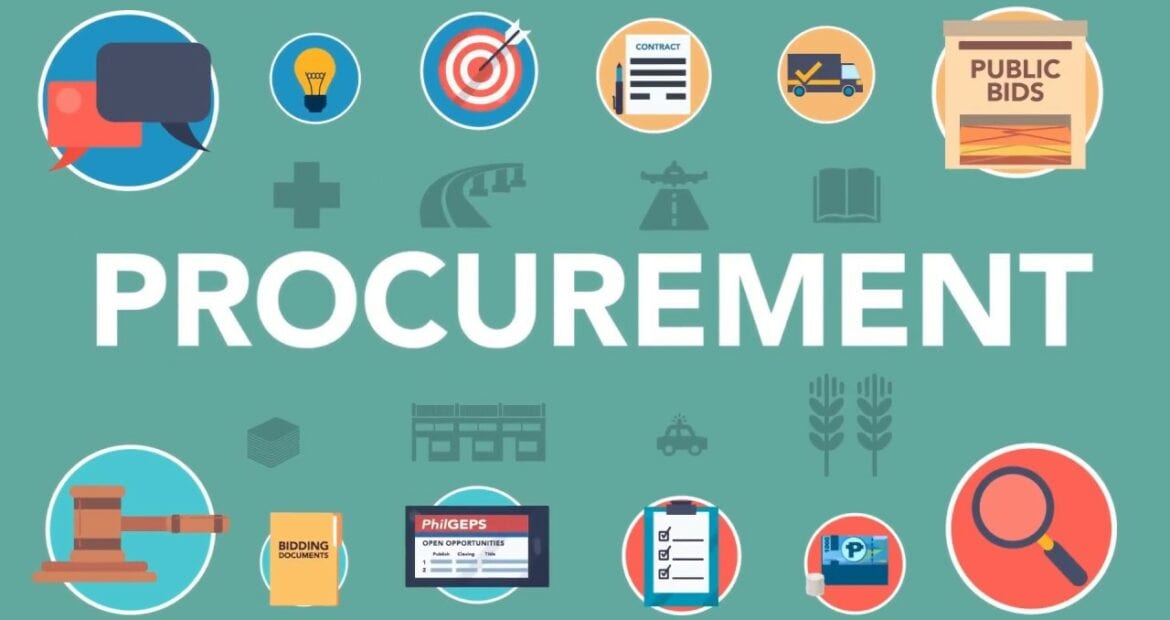For SMBs, procurement can be the largest area of spending, often representing 50 percent of sales revenue. For companies looking to send value to the bottom line rather than take it away, optimizing the procurement workflow can help.
In many cases, SMBs tend to focus more on overall operations rather than more specific processes. However, targeting areas like procurement for process improvement can help accomplish goals that go beyond dollars and cents – it can also improve productivity throughout the organization, leading to greater efficiency from end-to-end.
Build bottom-line value with these procurement strategies
To help you chart a new, more profitable course forward, here are our top strategies in procurement for SMBs:
1. Choose your supplier partnerships more strategically
If you have several buyers who tend to purchase from a range of different vendors, think about consolidating that spending into a smaller pool. Purchasing from fewer suppliers will help to streamline resources from many angles as it will reduce time you spend on sourcing and help you avoid excessive delivery fees.
Additionally, the more buying power you have with a specific vendor, the better the relationship may become over time, and it may be possible to negotiate bulk discounts based on the volume of business you do with them – a mutually beneficial situation that you could work to your advantage.
2. Optimize procurement processes
Within smaller business operations, there is often less attention paid to purchasing from department to department. There may not be dedicated personnel or a finance department to oversee PO’s, so purchasing is done ad hoc without much regard to the availability of funds, pacing, or cost of sale implications.
In the enterprise, these functions are consolidated, and often evaluated and substantiated by technology and data, providing buyers with oversight and the tools they need to make informed decisions. Without this valuable financial data, a company runs the risk of overextending themselves by over-purchasing or overspending on the items they need.
Implementing a system to govern and consolidate all spending decisions is critical to achieving this goal, but if done manually, with spreadsheets and through other methods, error does occur, and an inordinate amount of time is spent in managing the process. An appropriate technology solution should be applied, as it will provide immediate value, reduce error, and allow employees to focus on higher-value tasks.
3. Apply the latest procurement technology and tools
Today, SMBs have the advantage of being able to access enterprise-grade procurement technology and tools, giving them the same financial and strategic advantages as major industry players.
Procurement technology has many advantages, including:
- Cloud-based systems are easy to manage and always available, assuring real-time insight into procurement activities.
- The analytics delivered by procurement technology provides stakeholders with the ability to make data-driven decisions and optimize costs, improve processes, and streamline reporting workflows.
- An e-procurement strategy removes silos within the organization, enabling collaboration between departments and consolidating efforts, resulting in cost reduction and process improvement.
- Automation delivers great value to SMBs as repetitive tasks are accomplished efficiently and accurately, eliminating errors and improving the quality and voracity of internal data. Many SMBs spend an inordinate amount of time backtracking to find mistakes and often overlook small errors that add up over time. Automating these baseline processes improves accuracy and allows employees to devote their time to advancing business goals.
- Another great advantage to applying an e-procurement strategy is the ability to predict trends in spending. Analytics deliver a clear picture of spending patterns and help the organization prepare for what’s to come based on actual data rather than just conjecture and instinct. Companies can be better prepared for the future and will be able to provide leadership with more accurate projections on the road ahead.
- E-procurement also enables better risk management as it reduces overspending, redundancy, and costly errors in administration.
- Compliance, whether related to company policy or regulatory mandates, is easily managed with e-procurement. If this is a priority for your business, an e-procurement solution will support your needs.
Premikati Marketplace: Procurement Solutions for SMBs
Premikati Marketplace runs on the SAP Ariba™ Buying and Invoicing platform. Developed specifically with SMBs in mind, it provides a way for small-to-medium sized companies to take advantage of enterprise-grade procurement strategies that will help them grow and scale.
To learn more about what Premikati Marketplace can do for your organization, visit www.premikati.com/marketplace or call us directly to get started.




